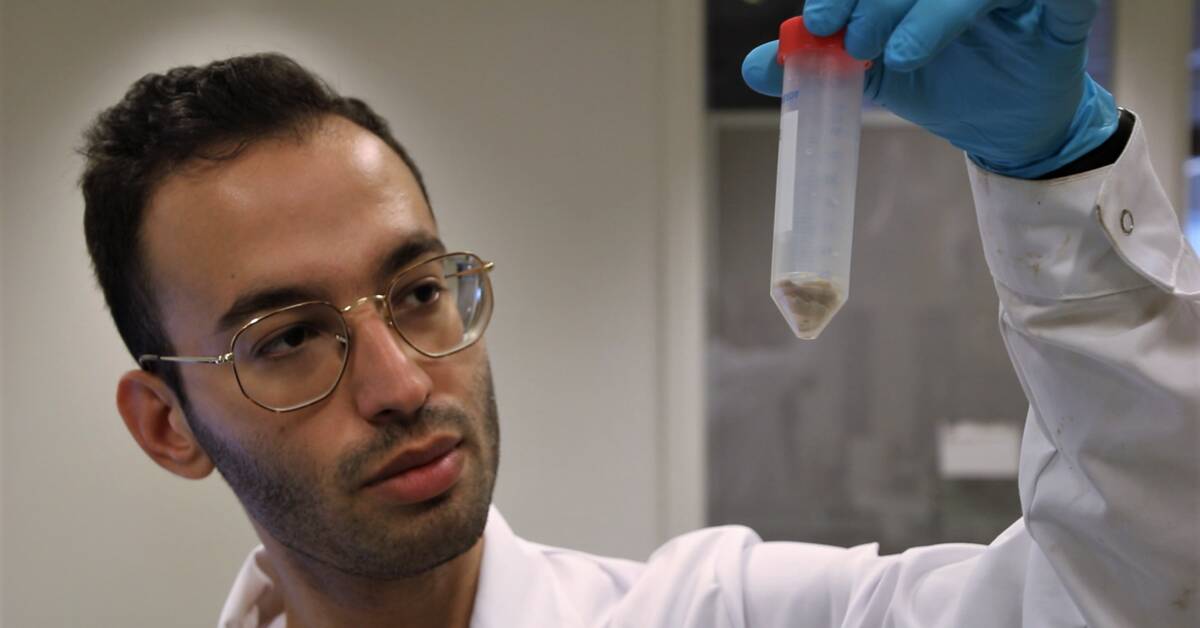The poop that is flushed down the toilet can become a plastic package.
In the sewage plants, the rinsing water is purified and slag remains that can be created to make new products.
The bacteria in the slag have a unique property that researchers want to take advantage of.
- We can use wastewater from households and industries to produce bioplastics with the help of our good friends the bacteria, says Kasra Khatami Mashhadi who is researching how bioplastics production of wastewater can become more efficient.
Today, slag from sewage plants is often recycled to create biogas for buses and manure for fields.
But at KTH, Kasra Khatami Mashhadi is investigating how bacteria from wastewater can become more efficient in bioplastic production.
The bacteria store energy in the form of chemicals that researchers can extract to convert into bioplastics.
Can replace fossil plastic
Plastic is a material used in endless variations whose properties can be adapted to suit a specific product.
Therefore, plastic is very useful.
But almost all plastic is made from fossil oil, and when the plastic ends up in nature, it takes a long time for it to decompose.
In addition, the microplastics that are formed can be harmful to the environment.
But bioplastics made from organic materials can be created from residual products such as wastewater or food waste, and are less dangerous to nature.
- It takes over 300 years for ordinary plastic to break down.
But bioplastics are broken down in the environment in two months and do no harm to the environment, says Kasra Khatami Mashhadi.
Available worldwide
Bioplastics today are usually made from, among other things, sugar cane.
But by using slag products, you can save additional resources.
- Instead of throwing away the slag, we recycle it and try to get as much as possible out of it.
It is both cheap material and available in large quantities all over the world.
The bioplastic can be used to produce everything from packaging to medical materials.
So far, bioplastics are produced in this way only on a small scale, but Kasra Khatami Mashhadi believes that we will soon be able to see production on a larger scale as well.
Play the video to see Kasra show how he makes bioplastic from bacteria in the drain in his lab.

